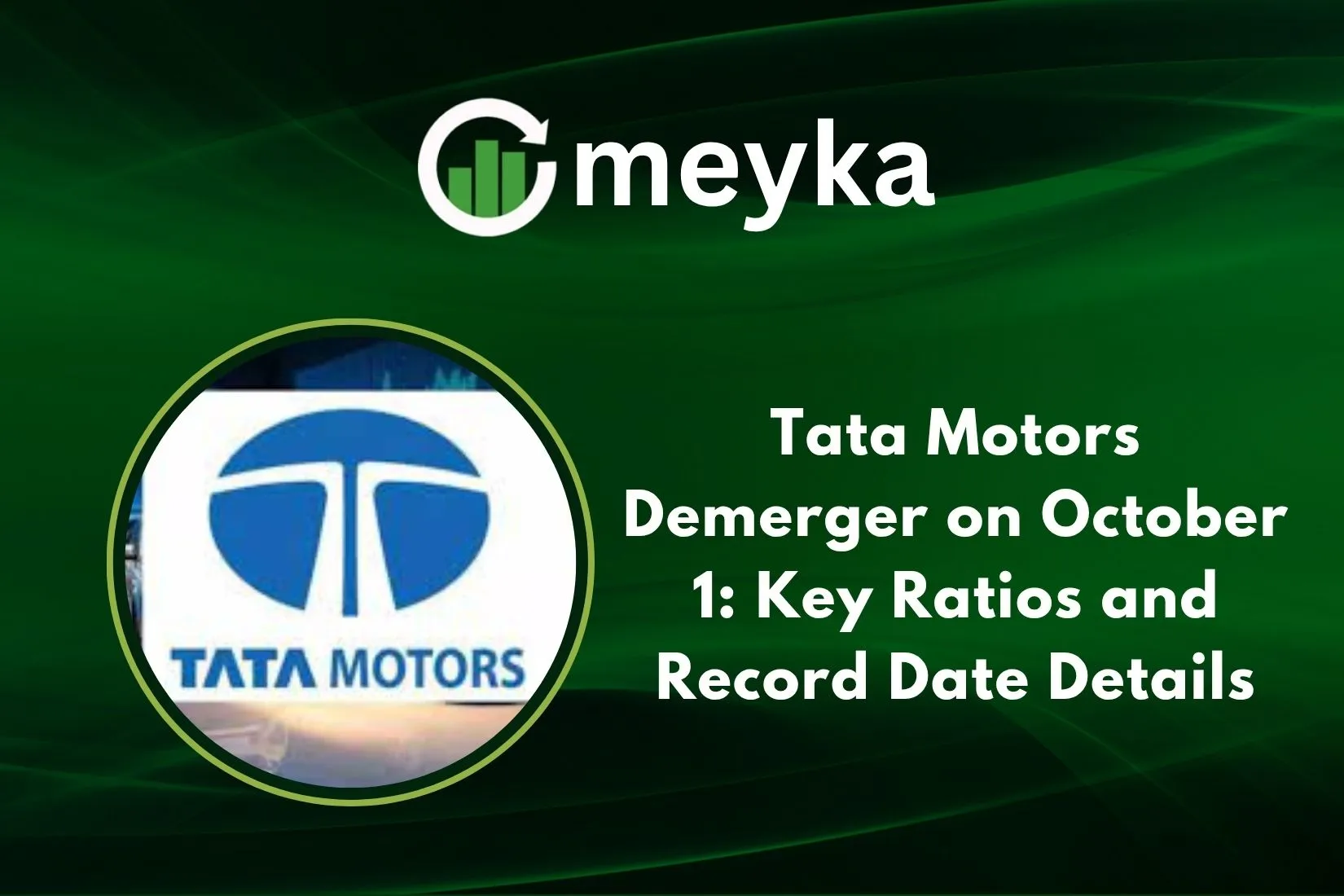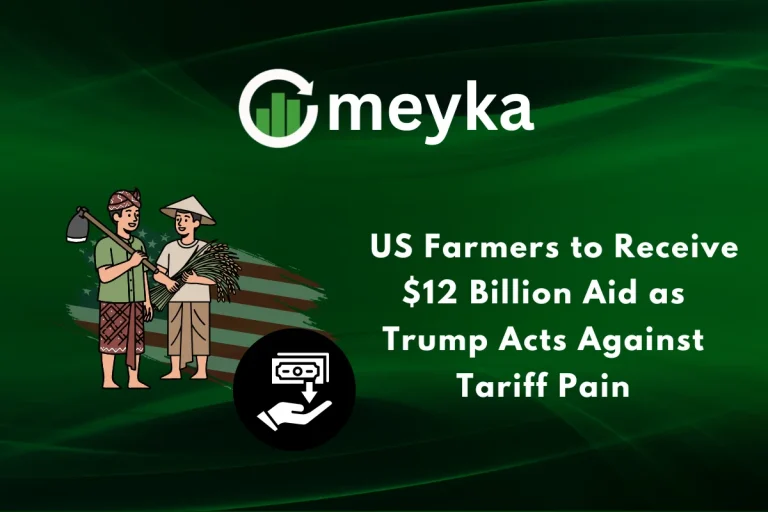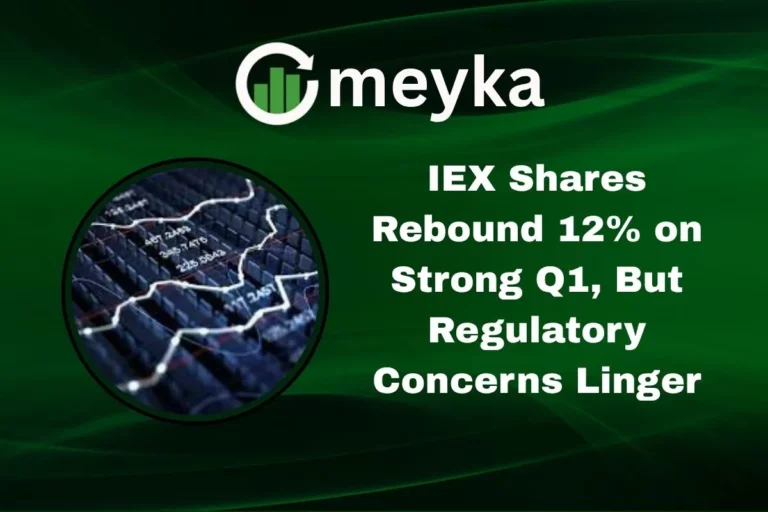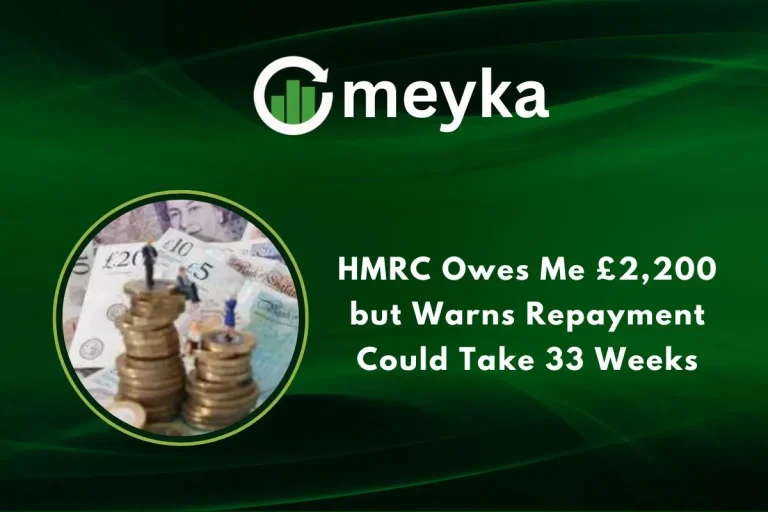Tata Motors Demerger on October 1: Key Ratios and Record Date Details
Tata Motors is entering a new phase on October 1, 2025. That’s when its demerger becomes effective. The company will split its operations into two separate listed entities. We expect the change to bring more clarity for each business. In this article, we will walk through what the demerger means, key financial ratios, record date details, and the impact on shareholders.
Background: Why the Demerger Was Proposed
Tata Motors has been managing multiple verticals, commercial vehicles (CV), passenger vehicles (PV), electric vehicles (EV), and its global arm, Jaguar Land Rover (JLR). Over time, this mix became hard to manage under one umbrella.
The board and management believed that separating CV from PV + EV + JLR would let each unit focus on its own growth path. Investors also pushed for more clarity in valuation. The move was approved by shareholders in May 2025, with almost unanimous support.
To validate the scheme, Tata Motors got approval from the National Company Law Tribunal (NCLT) in late September 2025.
Structure of the Demerger
Under the approved scheme, Tata Motors will spin off its Commercial Vehicles (CV) business into a new legal entity. The existing company will retain Passenger Vehicles (PV), EVs, and JLR.
The new CV firm is tentatively named TML Commercial Vehicles Limited (TMLCV). Later, its name might change to “Tata Motors Ltd” for legacy continuity.
The current Tata Motors entity will transform into Tata Motors Passenger Vehicles Ltd (TMPV) for a time, holding PV, EV, and JLR businesses.
Each entity will have its own board, management team, and reporting structure. This separation aims to allow more nimble decision-making tailored to each division’s needs.
Key Ratios for the Demerger
Here are the major numbers and financial ratios investors are tracking:
- Share Entitlement / Swap Ratio: The demerger is structured on a 1:1 basis. That means for every share of Tata Motors a shareholder holds on the record date, they will receive one share in the new CV entity.
- Valuation Multiples: Analysts will seek separate EV/EBITDA, P/E, and margin metrics for each of the business verticals post-split. This should give a clearer view of how the CV business performs relative to PV + EV + JLR.
- Debt Allocation: The plan will specify how the existing debt of Tata Motors is distributed between the CV and PV entities. The heavy capital demands of CV may take a portion of the debt load.
- Profitability Metrics: Margins, operating income, and cash flows will be recalculated for each firm. This helps investors compare performance on a like-for-like basis.
- Market Capitalization Impact: Before demerger, Tata Motors’ valuation reflected a mix of all lines. After the split, each company’s market cap will reflect its standalone metrics and growth prospects.
Record Date Details
The record date is crucial. It determines which shareholders are eligible to receive the new shares of the CV company.
Though the demerger becomes legally effective on October 1, the record date is expected to fall sometime in mid-October 2025.
Tata Motors will announce it through stock exchange filings. After that date, Tata Motors shares will trade ex-demerger (i.e., new shareholders won’t be eligible for the CV shares).
If you own shares before the record date, you will receive your entitlement in your demat accounts once formalities are done.
Impact on Shareholders
Here’s how the demerger affects those holding Tata Motors shares:
- Dual Shareholding: After the split, every shareholder will own shares in both companies (CV and PV/EV & JLR), in the same proportion (1:1 allocation). Your total stake doesn’t dilute in percentage, though its composition changes.
- Demat and ISIN Changes: The new CV entity will receive its own ISIN code. The demat accounts will reflect the additional CV shares once processed.
- Trading and Listing: The two entities will list separately on NSE and BSE. After the record date, investors can trade each independently.
- Price Adjustment: On the demerger, Tata Motors’ share price will adjust to reflect the splitting of value. Expect some volatility during the transition.
Risks and Challenges
While the demerger is well-structured, some risks remain:
- Execution Risk: Splitting operations, systems, and processes is complex. Any misstep may hurt business continuity.
- Regulatory Delays: Final approvals, especially from legal or stock exchange authorities, could delay timelines.
- Market Volatility: Stock prices could swing as analysts reprice and speculative trading kicks in.
- Cost of Restructuring: Legal, advisory, and operational costs could hit short-term profits.
- Debt and Funding Pressure: How debt is allocated and how the new entities manage capital will matter critically.
Conclusion
On October 1, 2025, Tata Motors embarks on one of its most significant transformations. The demerger will split its CV business into a standalone entity, leaving PV + EV + JLR in the existing company. We will see sharp clarity in financial metrics, tailored strategies, and focused growth paths for both entities. Shareholders will end up with stakes in both firms under a 1:1 allocation. The record date and listing timeline will determine precise mechanics.
Overall, this move reflects Tata Motors’ effort to unlock value and sharpen its strategic focus. Investors and stakeholders should follow official filings closely as the transformational journey unfolds.
FAQS:
After the demerger, people who already own Tata Motors shares will get shares in two separate companies. The old company will continue, and a new one will list separately.
The share ratio is one-to-one. For every single Tata Motors share you hold, you will get one share of the new commercial vehicle company created after the split.
The company has not announced the exact record date yet. It is expected around mid-October. Only people holding shares before that date will receive the new shares.
Disclaimer:
This content is for informational purposes only and is not financial advice. Always conduct your research.






